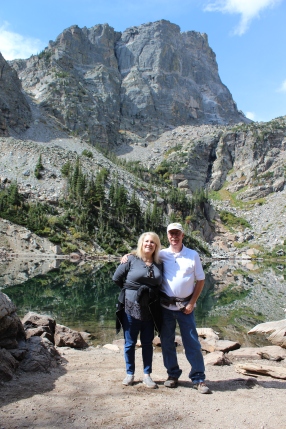We struck out early on the day we visited Fort Bowie (pronounced boo-e) knowing we had a full day and a lot of hiking ahead of us. However, due to our newly acquired talent for completely disregarding road signs, we made a turn instead of going straight to reach the trail that leads to the fort. We ended up on a dirt road that had road graders actually blading the road in front of us! Nevertheless, we thought we were on the right road and kept going. The nice road grader guys even pulled over and let us pass. Undoubtedly, they were rolling their eyes as we went by. Anyway, after a lot of bumping, slipping, and sliding on the dirt road, we found a sign that said, “Fort Bowie” and a paved road leading up a hill.

As it turns out, we ended up at the park’s ranger station and tiny handicapped parking area. Although we didn’t realize our mistake until much later. So rather than hiking into the park, we just had to climb a small hill and then walk about 500 yards to the visitor center.
So where is it exactly?
Fort Bowie, the trailhead rather, is 13 miles south of Bowie, Arizona on Apache Pass Road. Bowie is a small town located 23 miles east of Willcox, Arizona on Interstate 10. Note to visitors: Once you’re on Apache Pass Road, there are no turns before you reach the trailhead. The last mile of the road is unpaved.

The park features:
- Visitor center with exhibits, bookstore and gift shop
- Hiking
- Bird and wildlife watching
- Picnic tables at the trailhead and visitor center
- Some ranger led tours – check with the park for details
- Free admission
The park’s website can be accessed here.

Why is Fort Bowie significant?
The first Fort Bowie was built in 1862, by 1,500 Union troops composed of California volunteers who had traveled over 900 miles to the site. Their intended job was to help drive Confederate forces out of New Mexico Territory which included Arizona at the time. However, before they arrived a battle ensued in 1861 which led to the actual establishment of the fort. It was called the Bascom Affair. Things got out of hand when the great chief Cochise and his band of Chiricahua Apache were falsely accused of kidnapping a local rancher’s son. Read about it here.

Then in 1862, another clash between the hostile Chiricahua and Union troops resulted in the deaths of 10 Apache and two soldiers. This battle is known as the Battle of Apache Pass. The fight was over control of Apache Spring, a water source that was vital to both sides.

In 1868, the second Fort Bowie, was constructed for use a military base of operations against hostile Chiricahua Apache. By 1872, most of the Apache bands had been captured and relocated to reservations. However, one group of Apache led by Geronimo kept escaping reservations and remained elusive for 10 years. While they continued to raid and pillage in the US and across the border in Mexico, soldiers along with specifically chosen Apache scouts actively sought to capture them. Once Geronimo surrendered in 1886, the group was brought to Fort Bowie before being exiled to Florida.

Fort Bowie
As always, our first stop was the visitor center to get suggestions on how best to see the fort. The volunteer ranger’s first answer was to climb the hill behind the visitor center to see the site from above. Um, next suggestion please…

Then the volunteer, who had to be at least 10 years older than we are, said, “Oh, it’s only a quarter mile and a three-hundred-foot [or whatever] elevation gain.” We stood there looking between each other and the volunteer. Finally, deciding if she can do it, we can do it. So off we went through the ocotillos and agaves to prove ourselves. It turned out that the short hike was well worth the effort!


After the hill climb, we spent an hour and a half walking the Ruins Trail through the fort. Though when looking at ruins it is hard to imagine what they once looked like. Fortunately, the National Park Service has placed information boards at the ruins of each building which give the history and in some instances a picture of what it once looked like.
Fancy Fort Bowie
Below are a couple of old photos from the second Fort Bowie’s heyday.

Remarkably, Fort Bowie had an ice machine that was run by a steam engine. Imagine what a treat having iced drinks would’ve been during the hot summer months. The ice also provided a way to keep food cool and was even used to make ice cream. Even more remarkable, to us anyway, was that several of Fort Bowie’s buildings, as well as living quarters had indoor flushing toilets. Such luxury for an isolated outpost during that era!

At its height, Fort Bowie also had a hospital, a school, and a tailor shop for the purpose of keeping the men’s uniforms properly fitted. According to the park’s information, the tailor was an enlisted man who was able to charge the soldiers for his services. Other necessary structures included a guard house, corrals, and a trader’s post (general mercantile, formerly known as a sutler’s store). There was even a tennis court!

Ending the Conflicts
When Geronimo escaped his last reservation in 1885, he along with about 50 other Apache followers fled to Mexico. There they raided villages and pillaged for economic rewards, including horses. They often crossed the border back into New Mexico Territory to do the same. Officials in Washington put pressure on the commander of the Department of Arizona, (a department of the US Army at the time) to bring the Chiricahua conflicts to an end. With all of the other Chiricahua Apache people having been exiled to Florida, Geronimo and his band of followers were the last hold outs.

Geronimo surrendered on September 4, 1886, near Fort Bowie and he and his band, which had dwindled, became prisoners of war. While being held at Fort Bowie, they prepared to board wagon trains for the long journey to Florida where they would live in exile along with the rest of their people. Geronimo would eventually end up at Fort Sill, Oklahoma where he lived as a prisoner of war for the last 15 years of his life. He died there in 1909 at the age of 79.

The Chiricahua conflicts ended with Geronimo’s capture in 1886, and Fort Bowie had served its purpose. On October 17, 1894, the remaining men 118 men of the 2nd Cavalry, along with nine women and two children, left Fort Bowie for their new post at Fort Logan, Colorado.
Visiting Fort Bowie
Our number one piece of advice for visitors is to take the trail from the trailhead to the visitor center. We missed some interesting parts of the park because of our dumb mistake. In addition to what we’ve covered here, the fort’s cemetery, the ruins of the Chiricahua Apache Indian Agency building, the site of the Battle of Apache Pass, Apache Spring, and the ruins of the Buttlerfield Overland Mail Stage Station are located on the trail.

Fort Bowie became a designated National Historic Landmark in 1960. Today Fort Bowie’s ghosts of military personnel and Native Americans alike live among the ruins of the once grand post. We can honor their memory by learning their history. After all, those who don’t know history are destined to repeat it. According to the National Park Service, the fort will never be rebuilt, but it will be preserved and protected.
Thank you so much for taking the time to visit Fort Bowie with us!
You may also enjoy these other great national park sites:
Saint-Gaudens National Historic Site
Harpers Ferry National Historical Park
Devils Tower Road Trip: Things to Do
Travel safely, y’all!
Mike and Kellye

As always, we strive to be as accurate with our information as possible. If we made a mistake, it was unintentional. (Hey, we’re only human!) Our suggestions are for places that we’ve heard good things about but haven’t visited personally, and our opinions are our own.
©2023















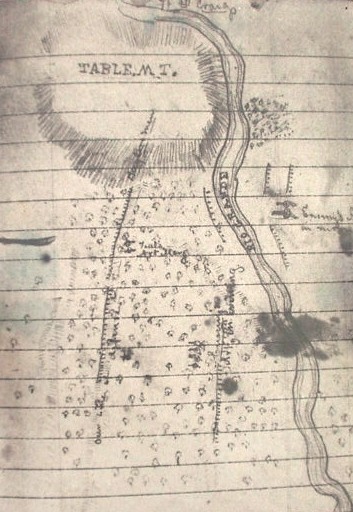























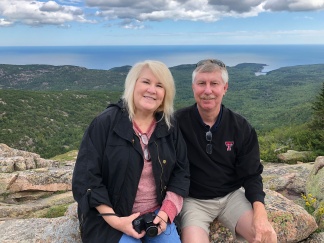


























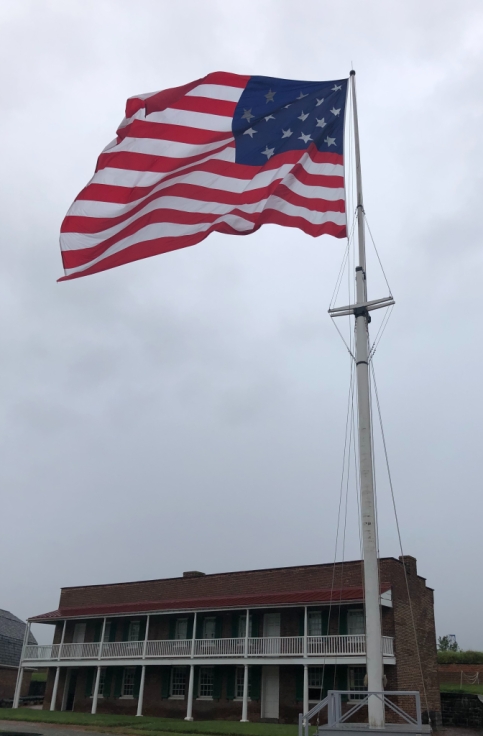






















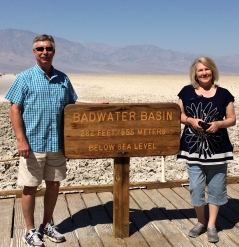









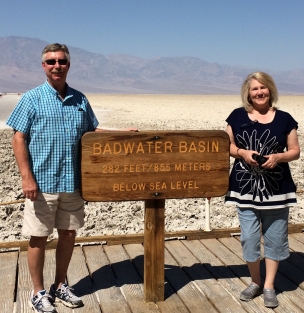





















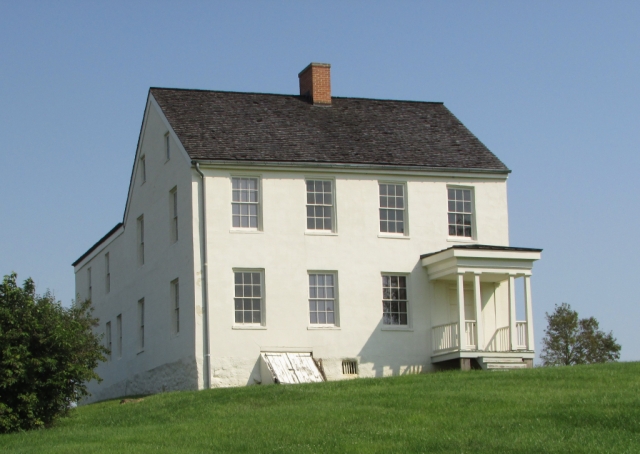




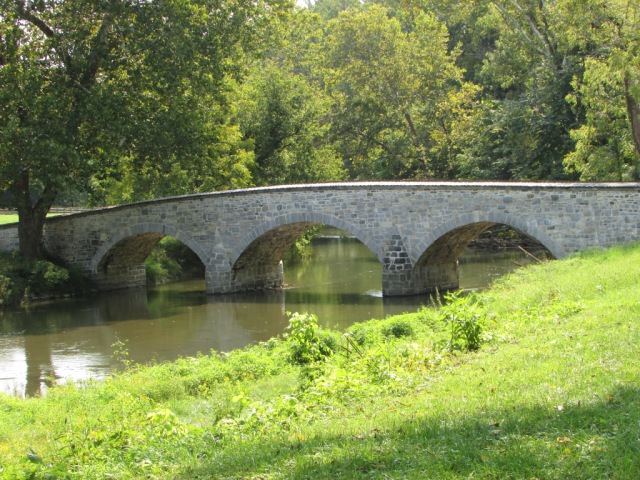
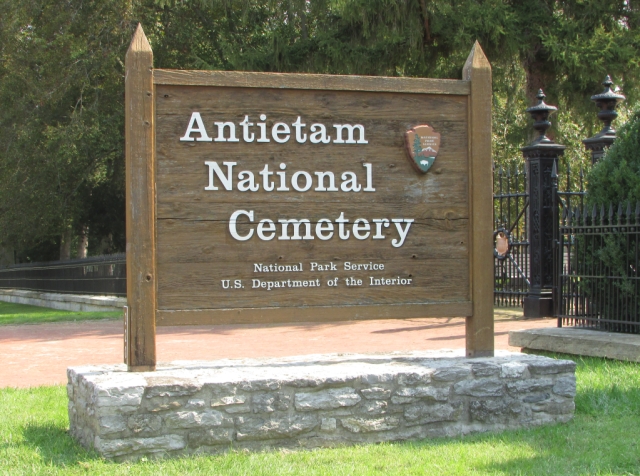






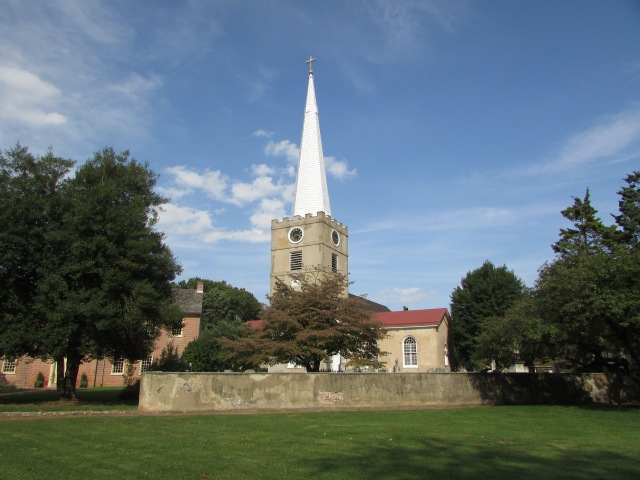


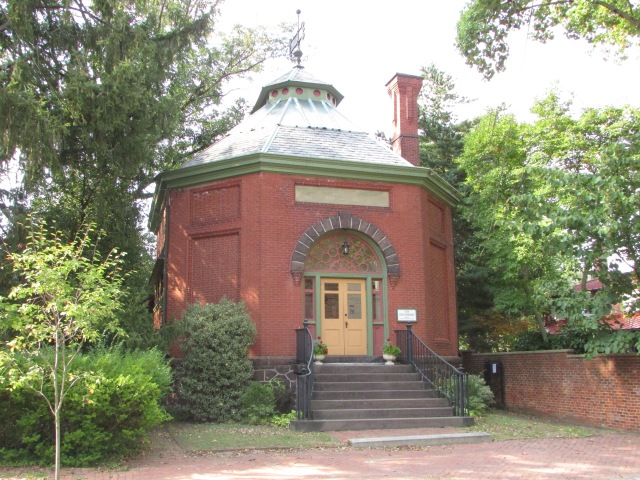
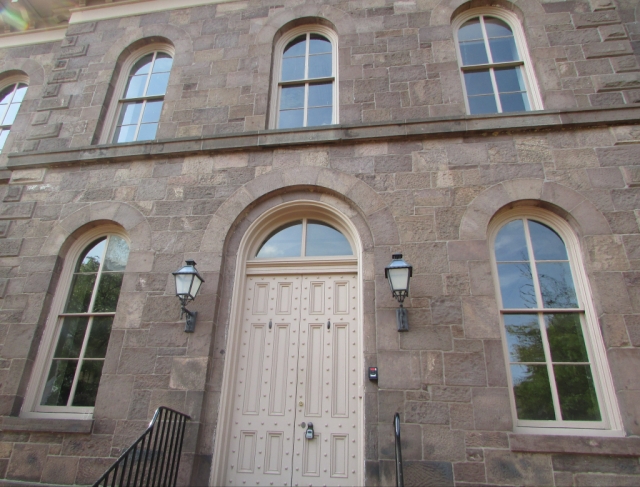



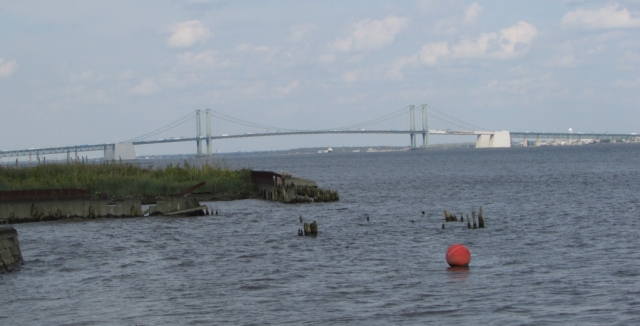

 This container ship happened by while we were at the river.
This container ship happened by while we were at the river.
